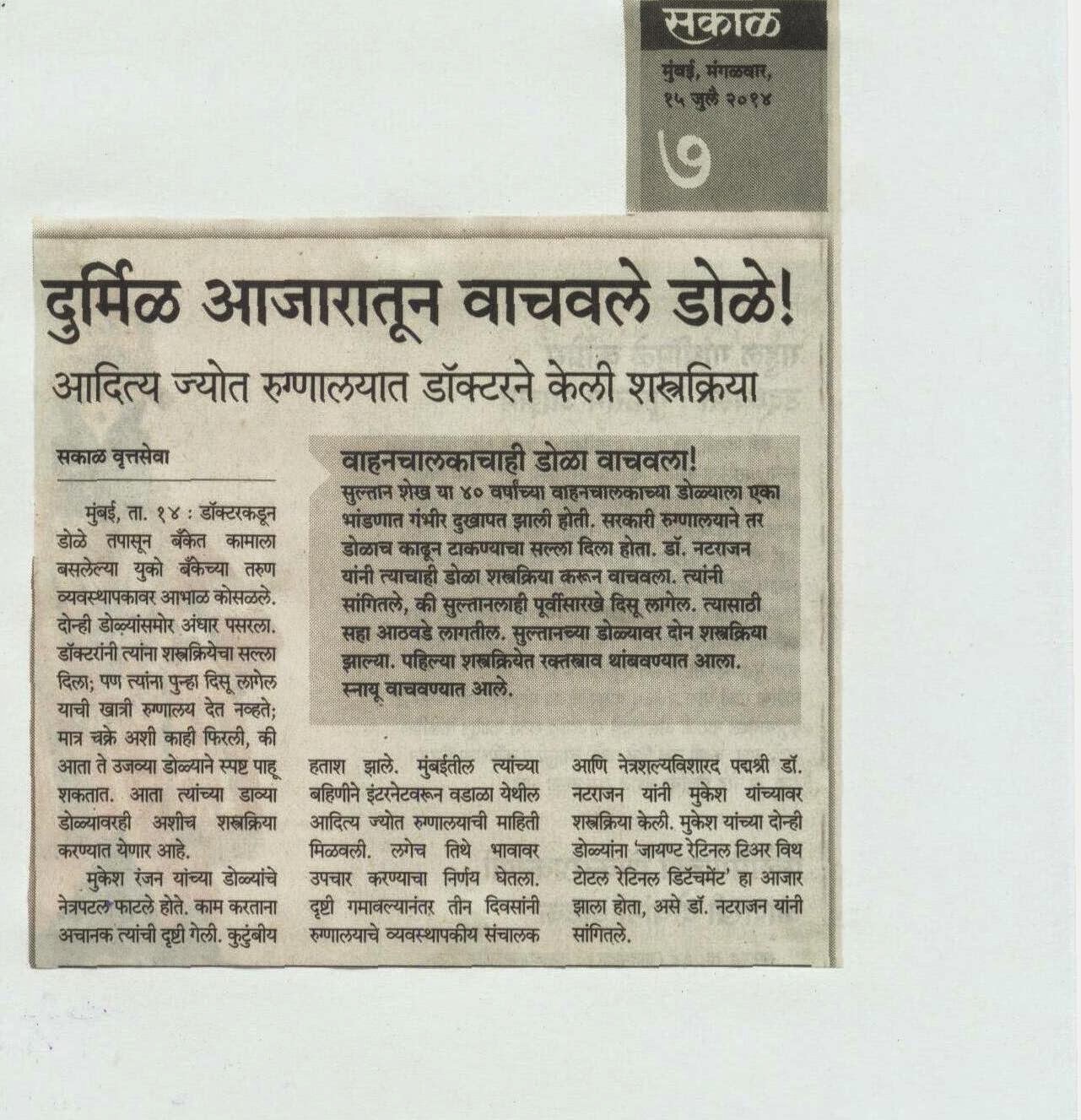Diwali
Diwali is a festival of celebration and
firework. It is an auspicious event which can be made a sad moment in life
if we are not careful enough. Fire cracker eye injury are common during the
festival. They can cause loss of sight if severe enough.
Cracker injuries can cause blunt and
penetrating injuries to the eye. Crackers used during festival contain carbon,
manganese, sulphur & other chemicals, which can damage the eye because of
thermal (heat) and chemical component.
Two type of cracker have the maximum
potential of ocular trauma. The first is the rocket, which is dangerous since
its path is unpredictable and it can hit an innocent bystander when he is least
expecting it. The second type of explosive related injuries occurs due to blast
either intentional or unintentional.
If we stay extra careful during our celebration work
we can prevent several disastrous conditions.
Dos
Look for an
open space and ensure there are no combustible and inflammatory things around.
If so remove them at once
• Always buy fire works from licensed and reliable sellers
• Keep small children away from the bursting area
• Use a sparkler, agarbatti or a long fire wood to burst a cracker as they
keep you at a
safe distance and do not possess open flames
• Read the label on the crackers and follow the instructions carefully.
• While igniting aerial fire works like rockets ensure that they are not facing
any opening like an open window, door or an open building which may cause fire
accidents.
• Keep fireworks stock away while lighting a particular firework.
• Wear footwear while lighting fireworks.
• Keep and a bucket full of water handy.
• Be Prepared for Emergency.
• Organize a community display of fireworks rather than individuals handling
crackers.
• Keep first aid & two buckets of water handy. In the event of fire,
extinguish flame by pouring water from the buckets. Every major fire is small
when it starts.
• Light only one firework at a time, by one person. Others should watch from a
safe distance.
• In case of burns, pour large quantity of water on the burnt area.
• In case of major burns, after extinguishing the fire, remove all smoldering
clothes. Wrap the victim in a clean bed
sheet.
• The patient should be taken to a burns specialist or a major hospital. Don't
panick.
• In case of eye burns, wash the eye with tap water for 10 minutes and take the
victim to a hospital.
Don’ts:
• Don’t wear Nylon clothes prefer cotton while bursting crackers.
• Strictly avoid using matches and lighters for bursting crackers as they have
open flames which can be dangerous
• Never ignite aerial fireworks (like rockets) if there is any overhead
obstruction present like trees and wires etc.
• Never ever leave a lit match, agarbatti or sparkler s near unused crackers.
• Never experiment with crackers or make your own fire works
• Avoid bursting fire works on roads
• Never ever light a cracker in your hand. See to it that you put it down and
ignite it.
• Don't keep your face close to the cracker while trying to ignite it.
• Do not throw fire works at people
• Never give any firework item to small children
• Never try to burst crackers indoors or from inside a vehicle.
• Do not have fire works in your pocket while igniting another
• Do not tend to burst crackers when some one else is trying to ignite one
• When crackers take time or do not ignite immediately, do not indulge in
trying to burst them. Rush to a safe place immediately. Throw some water to
diffuse them.
• Never try to light used fireworks.
• Don't ignite fireworks in any container.
• Don't approach immediately to the misfired fireworks.
• Don't tamper with misfired fireworks.
• Don't wear loosely hanging clothes; secure all clothes properly.
• Don't apply any cream or ointment or oil on burnt area.
If an eye injury happens
- Don’t press the eye with the palm or hand, lest
the injury may get compounded.
- Don’t tie cloth, across the eye firmly. This can
cause undue pressure on the eye. Protect the eye with a cup of a shield.
- In case of chemical injury, wash the eye well
with clean water .It is better to avoid washing eye in case of mechanical
injuries.
- Don’t neglect any eye injury, however trivial it
may look. It is always better to rule out vision threatening problems.
- Rush to nearby hospital without any delay.
Aditya Jyot
Eye Hospital is a tertiary care eye centre well equipped to tackle all types of
ocular trauma cases with specialized retinal, corneal, glaucoma, oculoplasty
and neuroophthalmology services. It has a 24X7 service to tackle ocular trauma
cases.
Wish you a safe and prosperous Diwali.
Dr Kavita Rao
Head
Cornea Cataract and Refractive services,
Aditya Jyot Eye Hoispital
Prof. Dr. S. Natarajan
CMD
Aditya Jyot Eye Hospital
Mumbai
 A
young 8-year-old child reported to Aditya Jyot Eye Hospital with alleged
history of injury with knife on 1/11/2014 at 1.30 noon to right eye. Primary
sclera-corneal suturing was done in SION hospital on same day. On B-scan it was
diagnosed as vitreous hemorrhage and retinal detachment. For further management
patient came here.
A
young 8-year-old child reported to Aditya Jyot Eye Hospital with alleged
history of injury with knife on 1/11/2014 at 1.30 noon to right eye. Primary
sclera-corneal suturing was done in SION hospital on same day. On B-scan it was
diagnosed as vitreous hemorrhage and retinal detachment. For further management
patient came here.















































